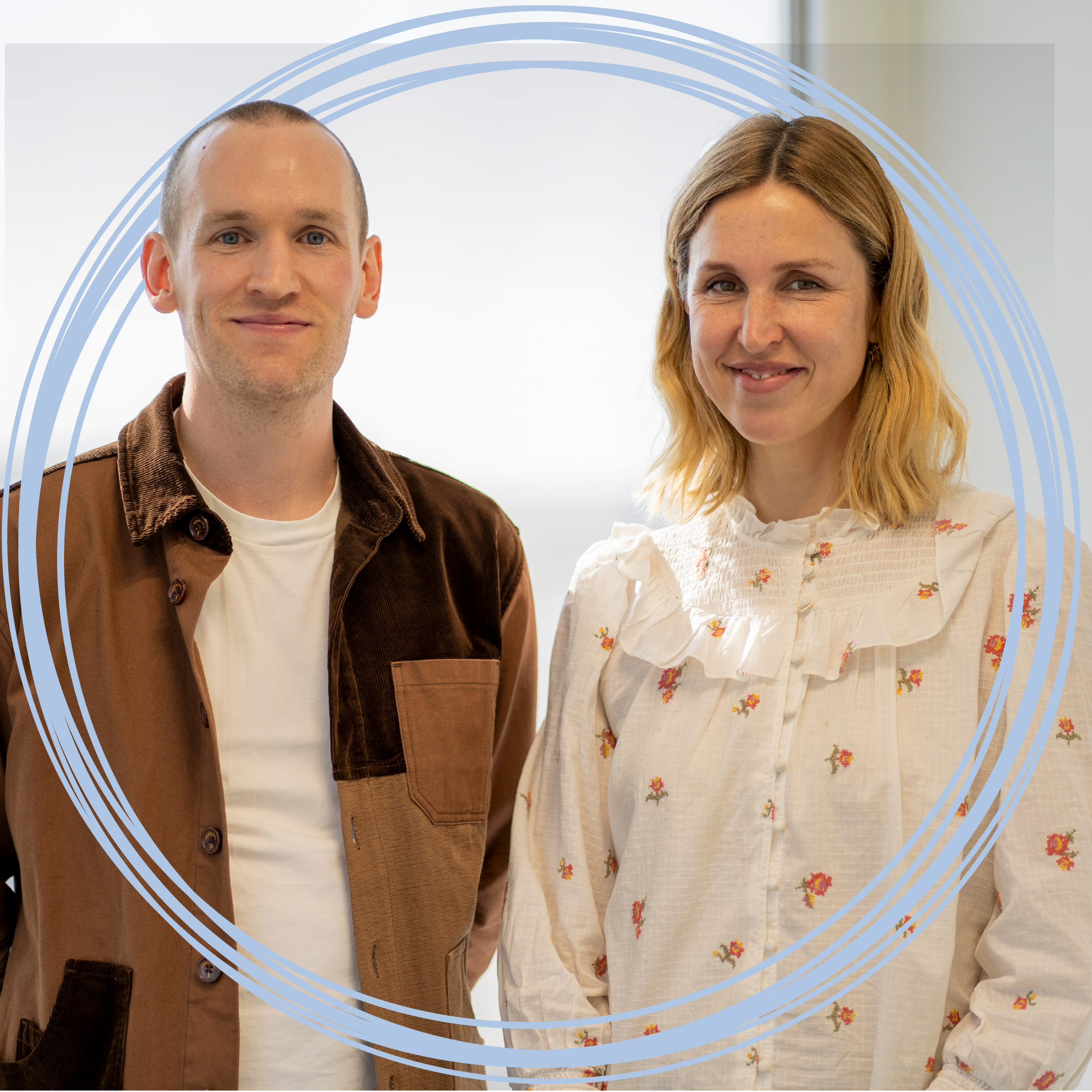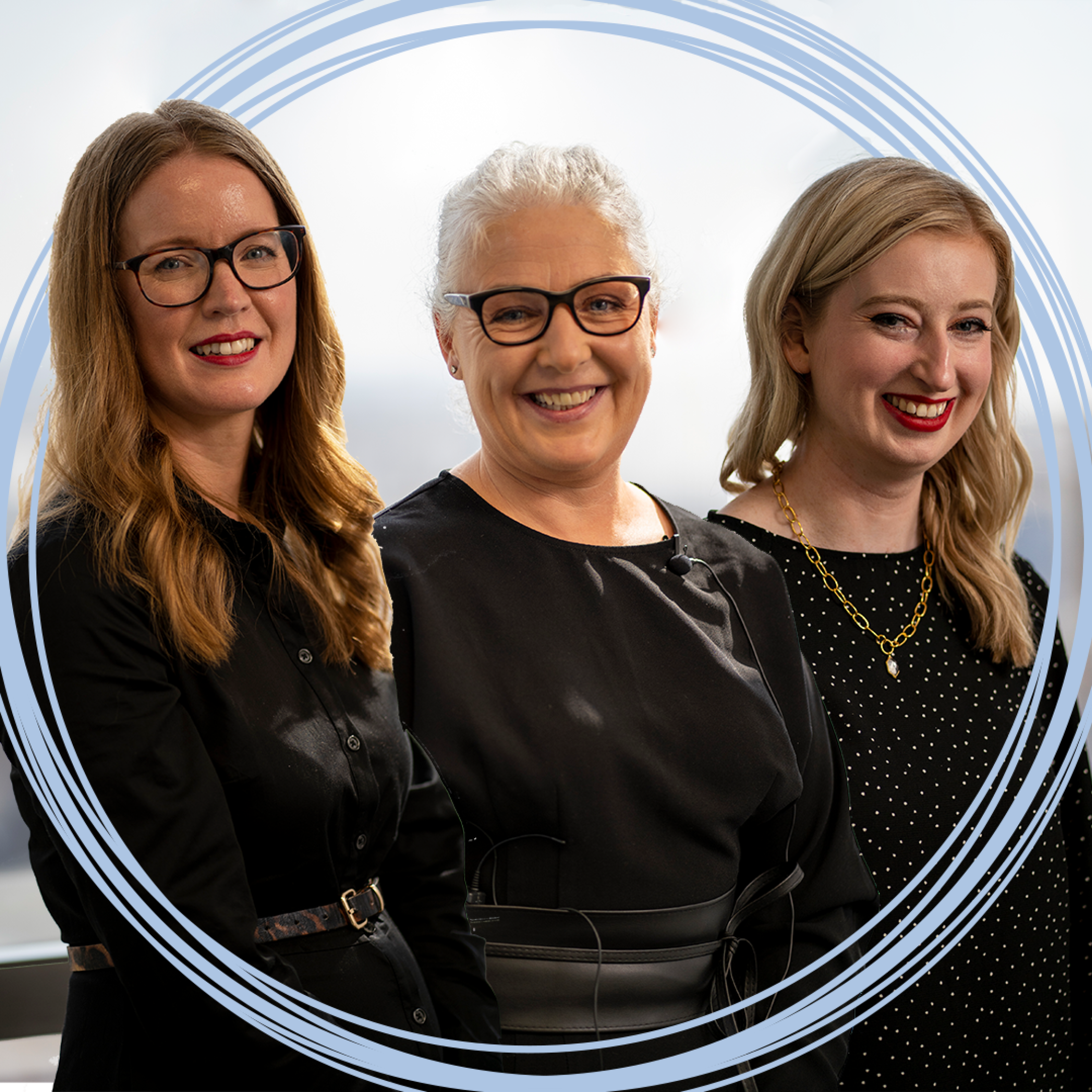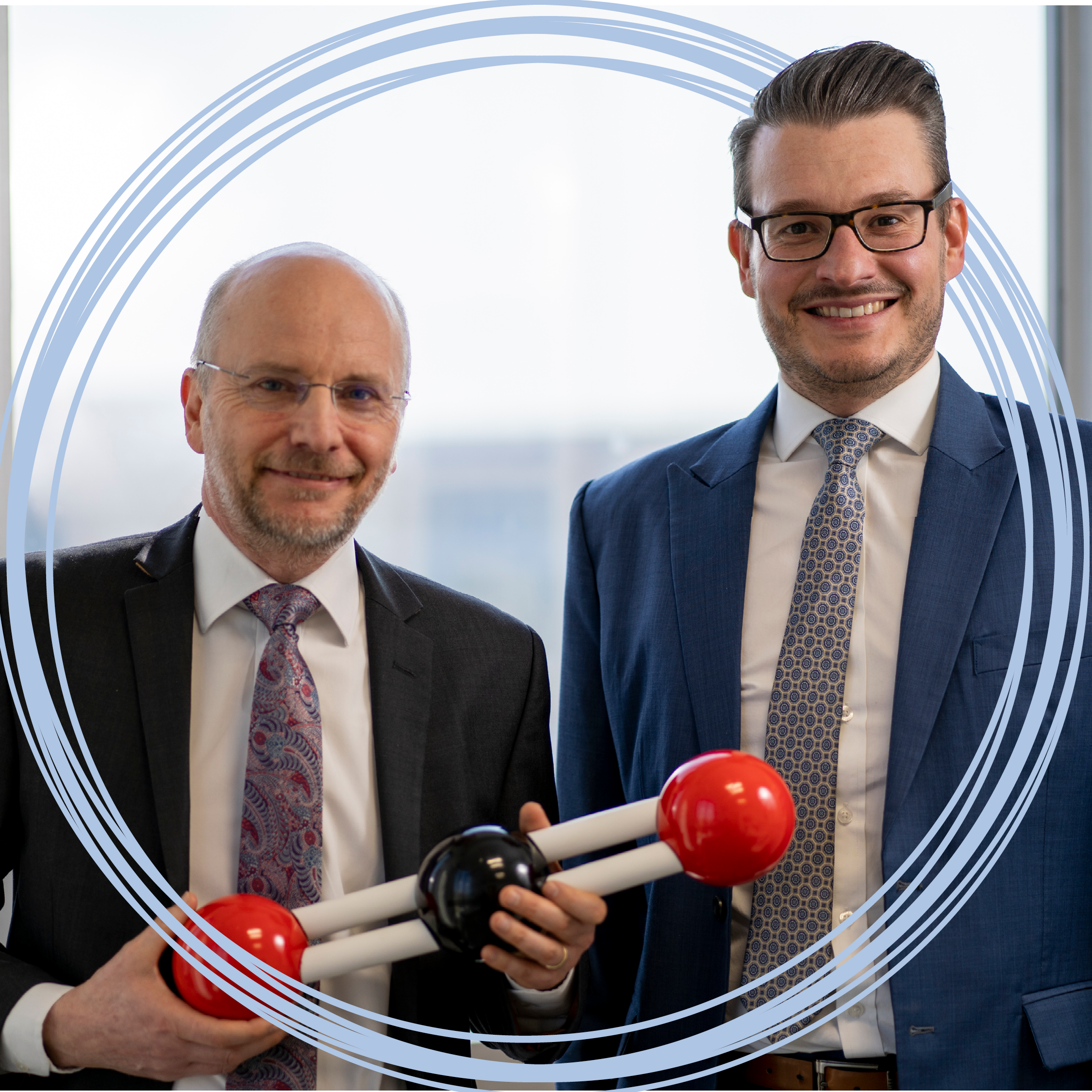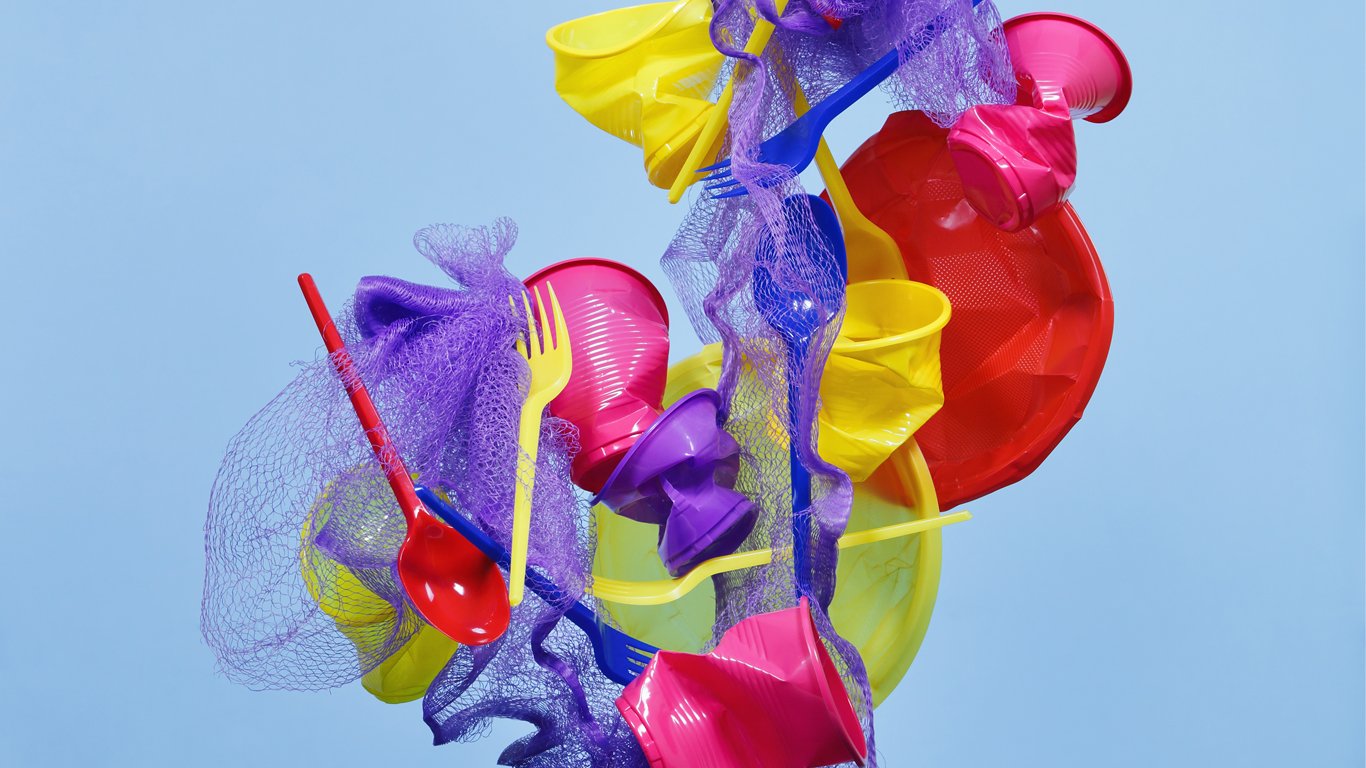
Four projects were selected by the Grant Panel in 2022 as the most innovative, impactful, and interesting approaches to boosting the circular economy:
DAME
Making menstrual cups mainstream
The issue
The perfect circular sustainable period product, the menstrual cup, has existed for decades, yet it remains a niche product that only 5% of people with periods use*.
There’s a tsunami of plastic waste generated by periods as we flush away over 1.5-2 billion of disposable period products in the UK each year* - a mainstream menstrual pad alone is made of 90% plastic*.
The idea
A menstrual cup starter kit of various shapes and sizes and easy take-back service to encourage people to give it a go.
A personalised digital assistant that will learn about user behaviour and barriers to help users find the right product - and stick with it.
To increase cup usage through a communications campaign to reach new people to adopt menstrual cups.
What DAME did
DAME worked with a group of women to test menstrual cups, which identified comfort, leaking and inserting and cleaning cups as the main concerns and barriers to use.
Research into a starter kit proved complex, so DAME focused on designing out waste by providing better guidance on cup sizing and adoption, instead.
They created a cup myth-busting user guide, featuring influencer Hayley Morris, to help get people to try - and stick with - cups, delivered in Hayley’s sisterly signature style.
DAME also designed a ground-breaking self-sanitising menstrual cup, removing the need to boil or sterilise cups.
The difference made
New reusable self-sanitising cup created, generating 99x less carbon over its lifetime (compared to boiling a traditional cup)*. Avoiding the need for 2,860 single-use period products*.
Early indications are that around half of cup purchases are from new cup users suggesting that the self-sanitising technology is more attractive than other cups.
Find out more
Visit their website to find out more about The DAME Period Cup.

PIP AND HENRY
Redesigning children’s shoes for sustainability
The issue
On average a young child replaces its shoes every four months with a staggering 85% of those shoes ending up in landfill*. Making kids shoes last longer would reduce waste as well as the amount of CO₂ and water used during manufacturing.
The idea
A feasibility study into extending the life of children’s shoes by exploring two solutions to disrupt the children’s footwear industry:
An expandable shoe that grows with the child.
Design of a shoe that can be more easily sorted into their separate materials and therefore recycled.
What Pip & Henry did
Pip & Henry put their best foot forward, creating three concepts around their vision of an expandable shoe that grows with the child, and a shoe design that can be more easily sorted into their separate materials and therefore recycled.
Each idea has been through an extensive product development process from creating prototypes to refining the design and materials and identifying suitable manufacturing partners to create the relevant moulds or tools.
They are exploring licensing their concepts to help scale their circular shoe ideas.
The difference made
Pip & Henry have developed three shoe concepts and hope to launch a capsule collection in 2024.
They also hope to challenge the status quo of the footwear manufacturing industry to inspire others to adopt more circular practices, by sharing their insights and learnings around manufacturing methods, material innovation and design for end-of-life recycling.
Find out more
Visit Pip & Henry's website, to find out more about their circular shoe innovations.

SCOTTISH LIBRARY AND INFORMATION COUNCIL (SLIC)
Making lending and mending, in libraries, the norm
The issue
The Scottish public are familiar with borrowing from libraries (and many avid library users), but don’t always have the skills or opportunity to embed the circular economy into how they use household goods and clothing.
The idea
To create a network of 8-10, lend and mend hubs in public libraries across Scotland to support communities to repair, reuse, rent and upcycle everyday items.
To create an evidence body of the role of libraries in the circular economy and share widely among networks, building on Scandinavian best practice.
What SLIC did
SLIC identified nine varied Scottish libraries to establish lend and mend hubs in, through a competitive application process. The hubs offer equipment, workshops, and tools free of charge to overcome cost barriers for the public, making every day circular economy actions more accessible.
Community consultations identified demand for textile tools such as sewing machines and workshops for mending, while for lending people wanted seldom used items such from drills, carpet cleaners and even slow cookers.
The hubs were kitted out with repurposed office furniture and even upcycled peg boards that were part of Kenya’s display at COP26 in Glasgow.
SLIC will create a toolkit, disseminated through workshops, to share their learnings and help other library services across the UK replicate their approach.
The difference made
Since opening, the hubs have been inundated with requests for workshops and have had to set up a waiting list. Early indications suggest hubs have the potential to reach around 2,000 people per year through sewing and mending classes alone.
As well as supporting the circular economy, the hubs are also tackling social isolation, bringing the community together.
The hubs were fitted out with circularity in mind. Using 31 repurposed office desks, 7 meeting tables and 102 chairs saved over 5 tCO₂ compared to buying new*.
Find out more
Visit SLIC's website to find out more about lend and mend hubs.

UNIVERSITY OF LEEDS
Innovating technology to enable polyester to be recycled again and again
The issue
Polyester is the world’s most consumed textile fibre and yet recycled polyester only contributes to 15% of total polyester production* (mostly from plastic bottles) as dyes in polyester make it difficult to recycle back into virgin fibre, meaning there is no true circularity in the polyester industry.
The idea
Research to create a pilot prototype that demonstrates the ability to recycle polyester by using innovative CO₂ technology to separate dyes from fabric.
What University of Leeds did
Their research project has created a revolutionary new dyeing process that proves that a new type of dyes they created can be added to and removed from polyester.
The process uses only CO₂, water, heat, and pressure using existing dying infrastructure. Current dyeing methods use polluting chemicals and are energy and water intensive – while their technology enables the dye, water, and fabric to be recycled.
Having demonstrated a circular system resulting in both recyclable textiles and dye, the technology can now be optimised.
University of Leeds are exploring commercialising the technology to maximise its impact with the aim of creating a circular economy for polyester.
The team will continue to share their learnings with the sector.
The difference made
Proven dyes can be removed from polyester – enabling dye, water, and fabric to be recycled with huge potential environmental benefits. A full life cycle analysis will be undertaken to establish the environmental benefits.
Bonus discovery that their technology also works on other fabrics such as denim and existing dyes in polyester. These discoveries could prove very impactful to reduce the impact of existing textiles, creating even more circularity.
The introduction of the new CO₂ technology delivers a truly circular process that has the potential to recycle directly and mechanically some of the 57 million tonnes of polyester fibre produced globally each year*.
Find out more
Read The Leeds Institute of Textiles and Colour blog (working alongside the Wolfson CO₂ laboratory in the School of Chemistry.)
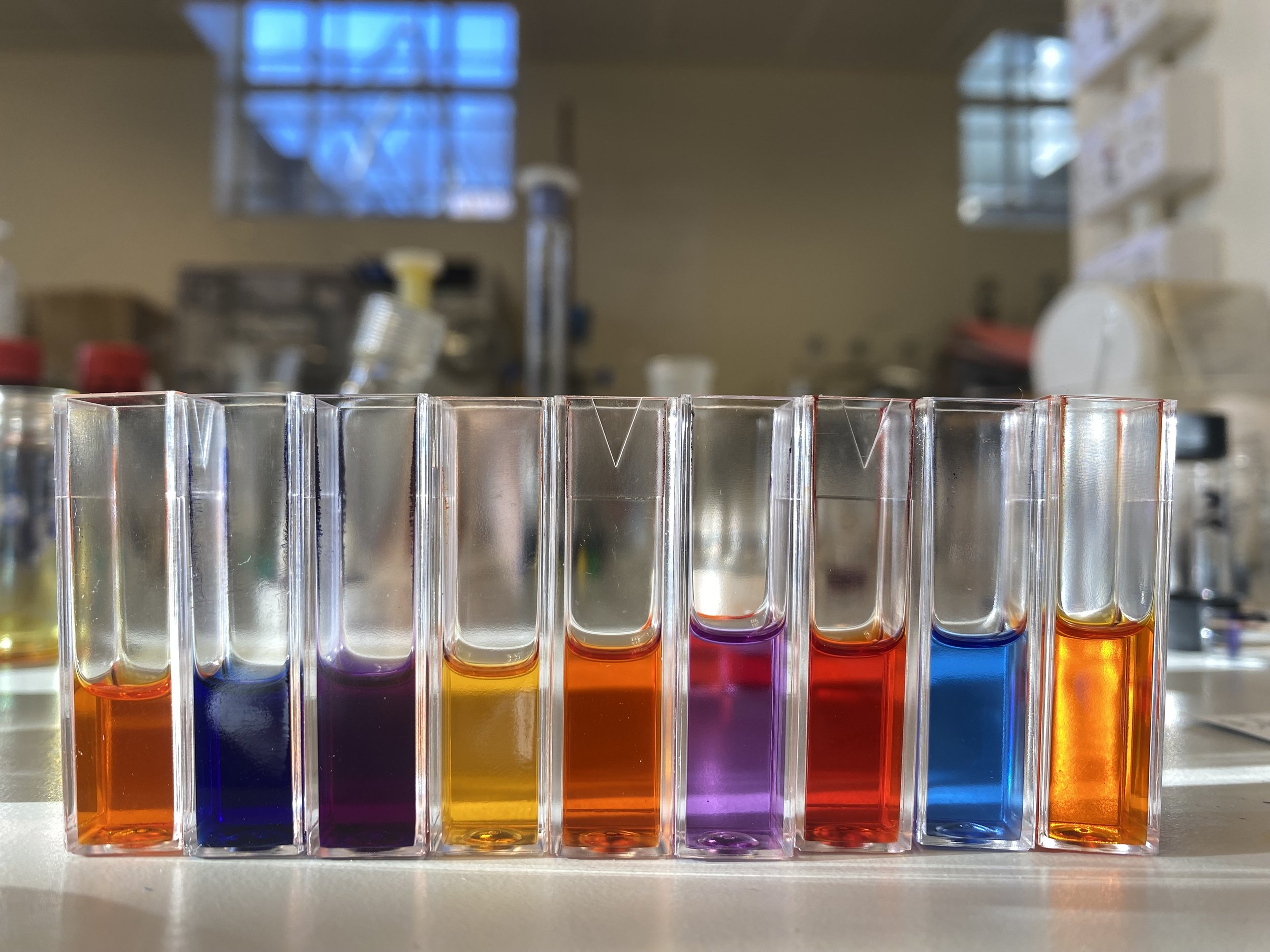
Keen for more?
Find out more about each project and the difference they made – read the impact report.
*All sources can be found in the impact report.


